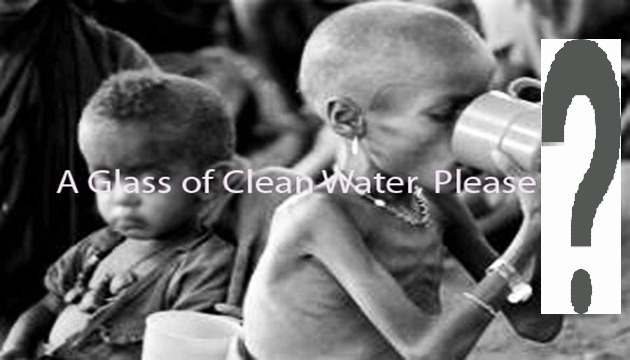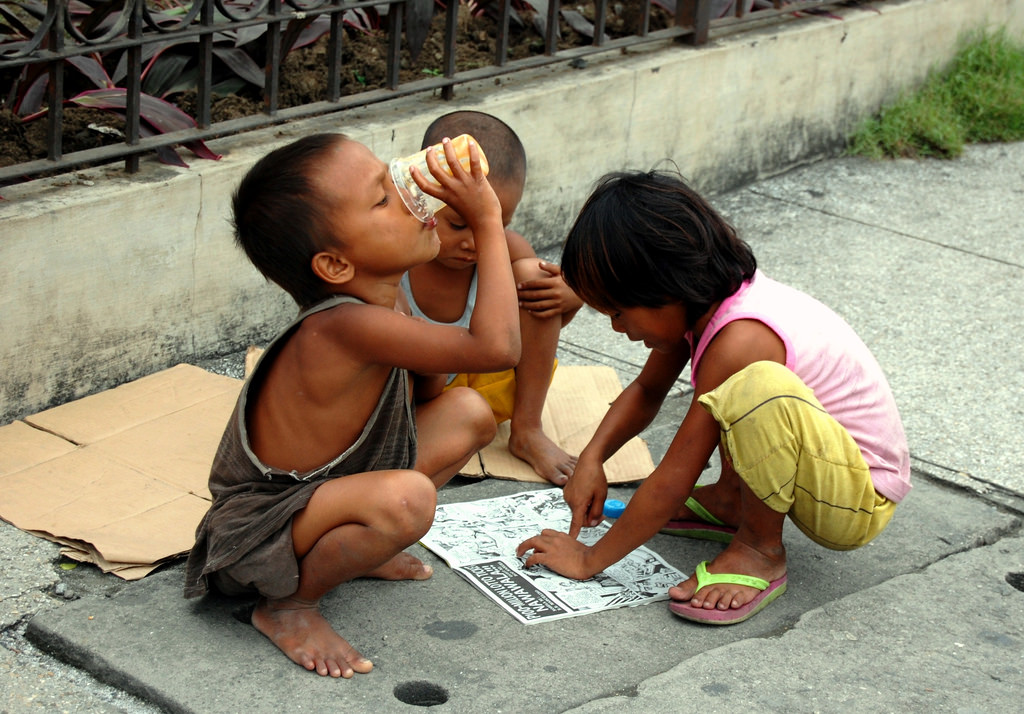A Glass of Clean Water, Please?
Pope Francis once made a call for everyone to recognize the importance of protecting “water” as it is the “most essential element for life”. He said “humanity’s future depends on our ability to care for it and share it”. He encouraged governments to ensure that water supplies are protected and accessible to all.
Definitely, the above-captioned subject with a big question mark does not emanate from some of us who have access to and can afford to pay for an adequate supply of potable drinking water. Rather, the said plea comes from those who are facing water scarcity or even the lack of it in their homes, in their communities, or in other parts of the globe.
With the current high water tariffs and the water-borne related deaths and problems worldwide affecting our environment and personal health, we can’t just sit down and ignore but instead do something about it as water is such a very important commodity from the time it was linked to health issues. I said commodity because it’s no longer free of charge, it’s being traded for mankind’s consumption. Gone are the days when our forefathers were privileged to have plenty of free water as long as they want. Yes, gone are the days when our forefathers can save water from the pouring rain, safely drink and use it for their day to day needs. Nowadays, we can’t use anymore rain water as it may be harmful to us. In order to get safe water these days, we have to go out of our way, as in have our homes installed with legally authorized water meters monitored by public or private water distribution companies, only for us to receive a bill at the end of the day! While water, in itself, would be forever a natural resource, it would no longer be served on our tables for free! We have to pay for it to have better health and for survival. Unfortunately, we can’t go on living without water, it’s a very basic essential human need. We will all expire if we don’t drink water, if we don’t take a bath, if we don’t have water to clean our surroundings and the like. But, not everyone of us could have access to water, which is a basic vital need to help sustain life.
It is for this reason that the said plea to spare a glass of water for those in dire need is something worth pushing for.
Initially, UN-MDG Goal 7.c. envisioned that in 2015 the proportion of the population without access to safe drinking water and basic sanitation would be reduced by half. But the ambitious MDG failed to meet this target. Not everyone has been given the opportunity to avail of clean water to safely quench their thirst! As such, the same goal has been re-programmed and re-included in the proposed Sustainable Development Goals (SDG’s) as No. 6, that is “to ensure availability and sustainable management of water and sanitation for all” and it is being projected that by 2030 a universal and equitable access to safe and affordable drinking water for all will be achieved. The WHO/UNICEF is jointly responsible for the global monitoring of progress of the Water Supply and Sanitation towards SDG targets on drinking water, sanitation and hygiene .
UN fact sheet shows that there are about 750 million people who lack access to clean water and nearly thrice of which (2.5 billion people comprising 39% of the world’s total population) don’t have access to safe water, appropriate lavatories and toilets. ADB (Asian Development Bank) data indicates that approximately 600 million people have no access to safe water supply in Asia, while AfDB (African Development Bank) data estimates that 300 million Africans have no access to safe drinking water.
The above statistics are no longer new to us. As mentioned in My Useful Tips earlier blog articles, the residents in developing and underdeveloped countries are those facing hard times coping up with the current water crisis. You are a little bit fortunate if you happen to live in urban areas of the said countries as improvements in water infrastructures have already been introduced. But what about those in far flung areas where simple water wells are not even erected? Yes, these could probably be the places where the water related deaths came from.
As mentioned by the experts in water.org, one of the non profit organizations advocating access to safe water and sanitation, more than 840,000 people die each year from water-related diseases, sanitation, and hygiene-related causes, majority of which are children and happening in developing nations. These are the very same people who live below the poverty line (having $1-$3 daily income benchmark or none at all) who are much affected with the said discomforts in life.
For instance in the Philippines alone, out of more than 100 million people, there are 8 million who lack access to safe water and about 26.5 million lack access to improved sanitation. Water.org noted some adverse effects due to these scarcities, as follows: a) 520,000 cases of waterborne diseases recorded annually, b) 18 Filipinos die daily from diarrhea and other water-borne diseases, and c) 55 Filipinos die daily from diseases caused by lack of proper sewerage and sanitation facilities. Hopefully, the Dutertenomics of Build,Build,Build will allocate a portion of its resources/investments for this purpose.
The water crisis is felt not only in developing economies but also in advanced nations but from a different angle. The United States situation is one of the best examples where water related infrastructure and technology have been experimented and become successful. New York City is an example which has good quality in drinking water. As a matter of fact, it is one of the large cities in the US which no longer requires water filters, based on the US Environmental Protection Agency standards. However, there is a catch to this. The residents pay for the good quality. For 2011, a typical New York single family home will have to pay about $800 per year for water and sewer bills while an average multi-family unit pays for about $500/year/dwelling unit. And these rates have been increasing time and again in all U.S. states due to varied reasons: operational expense, construction and maintenance of water utilities, among others. But even with the state of the art technologies, some of its residents especially those in the lower brackets are likewise feeling the hit of the problem, so to speak. There are times that water supply are being cut off due to unpaid bills. Just as I said, water is no longer free for all, it’s not easily accessible especially by the poor!
In some African countries, drought is one of the problems and we often read/heard from large humanitarian organizations appealing for help to assist famine stricken areas with about millions affected people. We have seen photos of people suffering from severe malnourishment, mothers feeding their children with water placed in a cellophane. These photos were too excruciating to see that I told myself to be more sensitive in the use of water. The featured picture shown above which I temporarily used is equally agonizing on their part , even if the mother utilized a glass or mug to feed her malnourished child.
Sometimes, we ask ourselves. How come all these things are happening in poorer areas? Some say, it’s due to climate change, some say it’s political and armed conflicts, while others say it’s purely the economic situation and the ineptness of leaders in said regions. But regardless of the reasons behind it, our concern should be more on what help could we offer for them. There are times, we ignore these calls for help as we seem to have been “immune” to various forms of disasters everywhere, but not this time. So, how can we help them avail this right to drink water? How can we spare a glass of clean water to these children?
Oh, there are various ways and means to assist those in authority. You know what I mean. It’s not easy but surely you can. Please?
cto for featured photos

